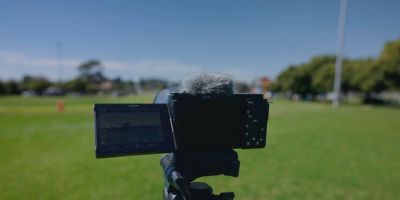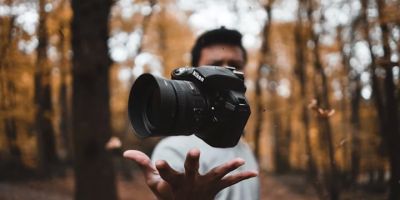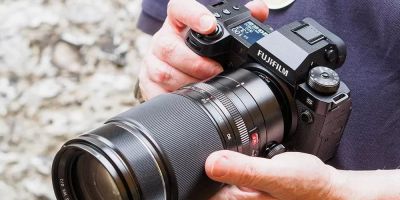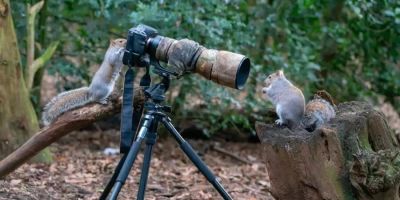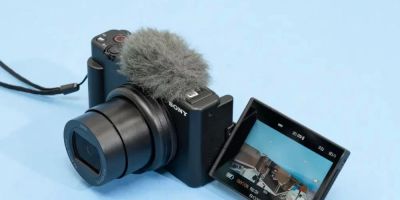- 1-Importance-of-the-Right-Camera-for-Nature-Motion
- 2-Key-Features-to-Look-for-in-Motion-Cameras
- 3-Top-Camera-Models-for-Nature-Photography
- 4-Personal-Experiences-and-Real-World-Applications
- 5-Tips-for-Capturing-Motion-in-Nature
- 6-Where-to-Find-Quality-Camera-Equipment
1. The Importance of Choosing the Right Camera for Capturing Nature in Motion
Capturing nature in motion—whether it’s a bird in flight, a rushing stream, or a predator in pursuit—requires more than just a keen eye. The right camera makes all the difference in seizing these fleeting moments with sharpness and clarity. Nature’s dynamic scenes challenge photographers to use equipment that can handle fast action, varying light conditions, and unpredictable environments.
Many wildlife photographers emphasize that investing in cameras designed for motion capture drastically improves both the quality of images and the photographer’s ability to anticipate and freeze action. Without a camera optimized for speed and precision, stunning shots can easily be lost.
2. Key Features to Look for in Cameras Designed to Capture Motion in Nature
2.1 Fast Autofocus Systems
A camera’s autofocus speed and accuracy are crucial for tracking fast-moving subjects. Look for models equipped with advanced autofocus tracking and multiple focus points that can lock onto erratic movements effortlessly.
2.2 High Continuous Shooting Speeds
Capturing a sequence of images in rapid succession increases the chances of getting the perfect motion shot. Cameras capable of shooting 10 frames per second (fps) or more allow photographers to capture detailed action sequences.
2.3 Durable and Weather-Sealed Build
Nature photography often takes place in challenging outdoor conditions. Cameras with robust, weather-sealed bodies resist dust, moisture, and cold, ensuring reliability on location.
2.4 High ISO Performance
Low-light environments are common in nature photography. Cameras that maintain image quality at high ISO settings help capture sharp images without excessive noise, even during dawn, dusk, or dense forest settings.
3. Top Camera Models Recommended for Capturing Nature in Motion
3.1 Mirrorless Cameras
Mirrorless cameras like the Sony Alpha a9 II or Canon EOS R5 offer exceptional autofocus systems and high burst rates, making them favorites among wildlife photographers. Their compact designs also make them easier to carry during long outdoor expeditions.
3.2 DSLR Cameras
DSLRs such as the Nikon D6 or Canon EOS-1D X Mark III remain powerful options, boasting rugged builds and reliable autofocus performance. They are preferred by many for their battery life and optical viewfinder clarity.
3.3 Specialized Cameras
For photographers focused on ultra-fast action, cameras with high-speed sensor readouts and advanced burst capabilities are ideal. Some even utilize AI-based tracking to enhance focus precision on unpredictable subjects.
4. Personal Experiences and Real-World Applications
Photographer Liam shared how switching to a mirrorless camera with a 20 fps burst mode transformed his bird photography. Previously, he often missed critical wingbeat moments, but now he captures every detail with ease. Similarly, another nature photographer, Emily, praised weather-sealed DSLRs for allowing her to shoot during rainy mountain hikes without worry.
These stories highlight how choosing the right camera tailored to your subject and shooting conditions can unlock creative possibilities and elevate your work.
5. Essential Tips for Capturing Motion in Nature
5.1 Pre-Focus and Anticipate Action
Anticipating animal behavior and pre-focusing can reduce shutter lag and improve shot timing. Studying your subject’s patterns allows you to predict the moment of action.
5.2 Use Appropriate Shutter Speeds
Fast shutter speeds freeze motion, while slower speeds can artistically blur movement. Understanding when to apply each technique enhances the storytelling quality of your photos.
5.3 Stabilize Your Shots
Using tripods, monopods, or image stabilization features reduces blur, especially when using telephoto lenses necessary for wildlife photography.
6. Where to Find Quality Cameras and Accessories
For photographers seeking the best cameras for capturing nature in motion, Photo Studio offers an excellent resource for browsing top-rated models and accessories. From lenses designed for wildlife to sturdy tripods and camera bags, the right equipment makes a significant difference in your shooting experience and results.
Connecting with trusted suppliers and experts through platforms like Photo Studio ensures you invest wisely in gear that suits your photography style and goals.

